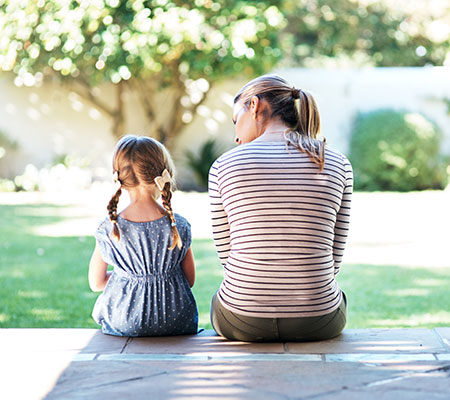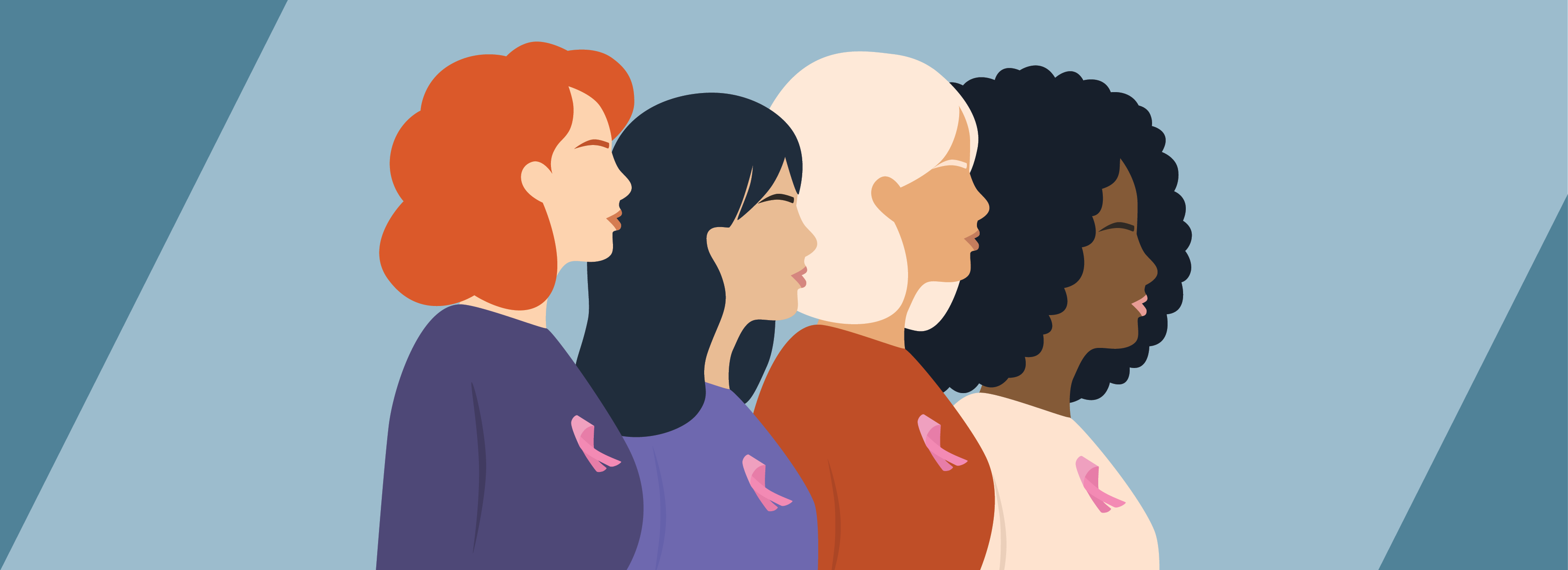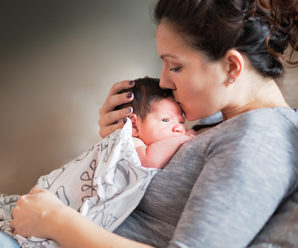
Recognizing child abuse is complicated. Some people have differing opinions on what constitutes child abuse, while others may second guess what they see.
One thing that is not complicated – although injuries heal, child abuse and neglect can leave lasting “scars” on children that have the capacity to negatively affect their health and well-being.
Types of abuse
There are different types of abuse, so there are different factors that would go into identifying the different types. It is not really a clean answer,” said Dr. Kristen Iniguez, a pediatric child abuse and neglect specialist with Marshfield Clinic Health System.
Officials recognize four types of child abuse including:
- Physical abuse: Causing bodily harm to a child by leaving a mark or injury.
- Sexual abuse: Forcing or inducing a child to participate in sexual activities. This includes having sex, watching pornography, producing pornographic images and participating in prostitution.
- Neglect: Caregiver fails to provide the necessary resources for a child’s health and well-being for reasons other than poverty. This can include not providing a warm place to sleep or needed medication.
- Emotional abuse: Caregiver doesn’t provide the appropriate caregiving and nurturing early on, or the caregiver is so verbally aggressive toward a child that they don’t feel safe.
Signs of abuse
While you may not always see the abuse happen, there are some signs you should watch for:
- Babies who are less than a year old should not have bruising. This is a significant red flag for abuse.
- Toddlers between the age of one and four years old should not have bruises on their torso, ears or neck. The torso includes the chest, abdomen, genitals, back and buttocks. These areas are difficult to injure accidentally.
- If a child discloses abuse of any kind, they should be taken seriously.
Reporting child abuse
When someone reports child abuse to local authorities, it does not automatically mean a child will be removed from their caregiver. There is a multi-step process before a report can be substantiated.
When you report abuse to child protective services, they first make a decision about whether to investigate the accusation depending on the amount and type of information they have. It’s important that reporters provide as much information about the child as possible including a name and address. Keep in mind that all reports are confidential. Your identity will not be revealed and the child’s privacy will be protected.
There are many reasons officials may not find evidence. This includes not being able to identify the family or it being too far beyond the event to collect physical evidence.
Trust your instinct
When faced with a scenario that leaves you questioning whether child abuse has occurred, Iniguez says you should trust your instincts.
“It is not your decision in the end whether this child has been abused or not,” said Iniguez. If there are concerns, she suggests contacting Child Protective Services (CPS) or law enforcement immediately. “By simply making that phone call, you are advocating for the safety of a child.”
The bottom line is, if you see something concerning for abuse, report it.
To report concerns for child abuse, contact your local child protective services office. Contact information is available online at https://dcf.wisconsin.gov/reportabuse.






Leave a Reply